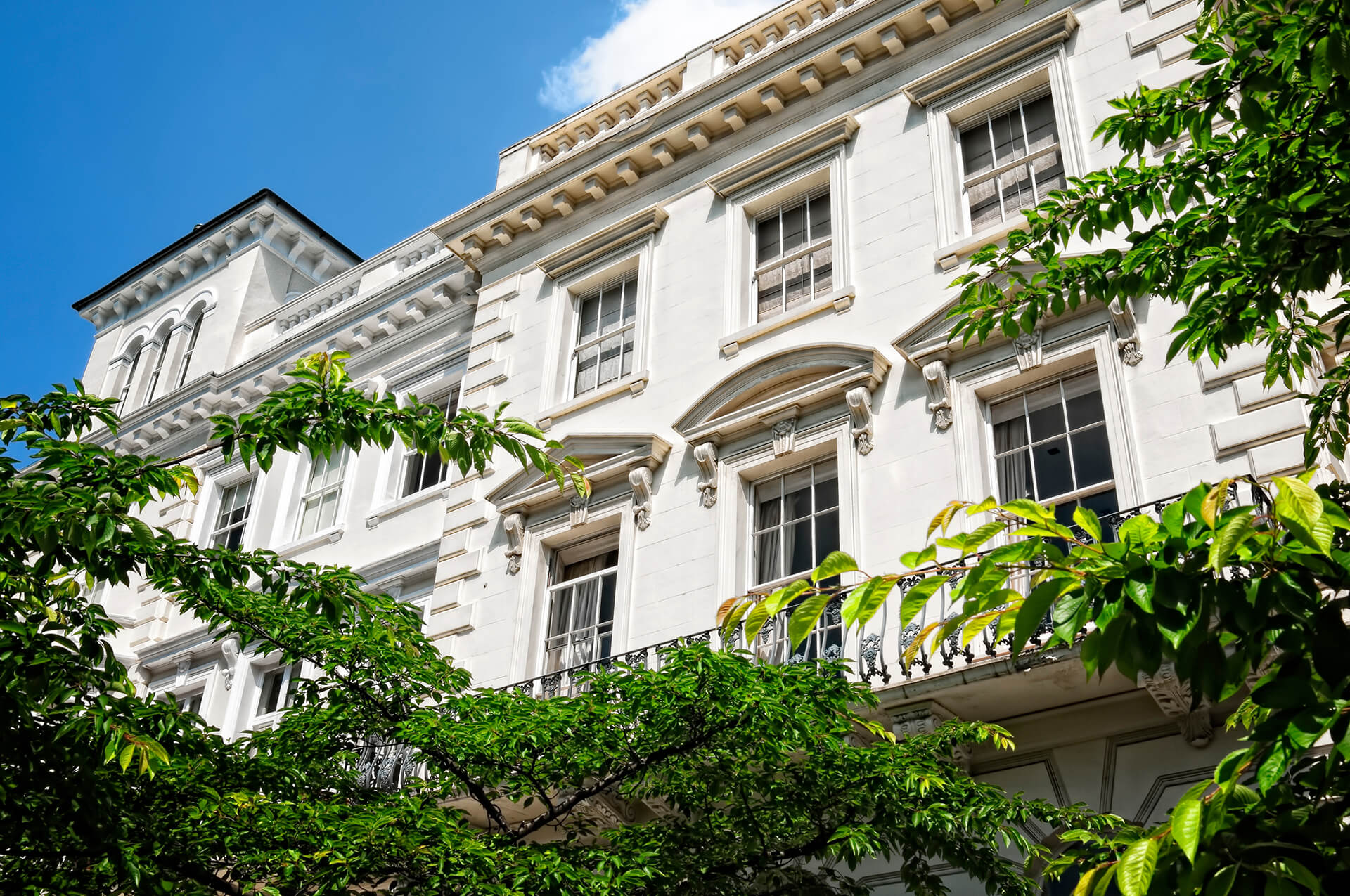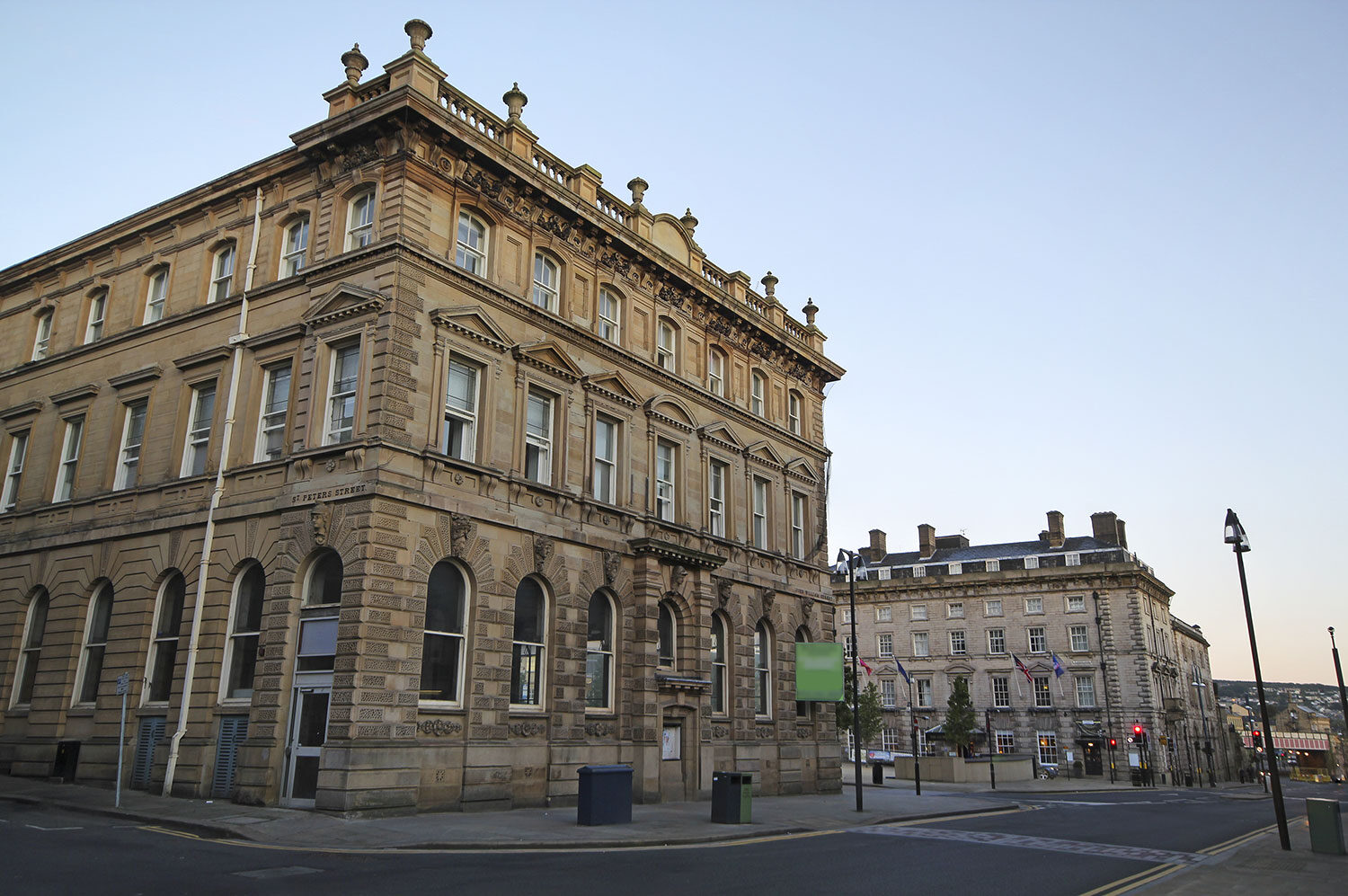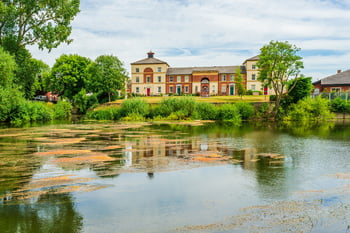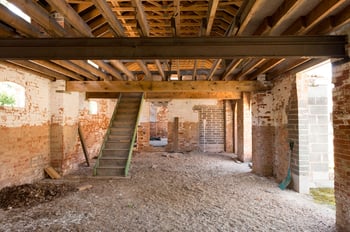This case study highlights how we structured a bespoke finance package to facilitate the acquisition and redevelopment of two commercial buildings. The carefully structured financing solution allowed the client to progress the project efficiently while maintaining financial flexibility.
The Client:
Our client is an experienced property developer seeking to acquire and convert two commercial buildings into residential units. Given the complexity of the project, the client required independent financing solutions for each building while ensuring maximum flexibility for future expansion.
The Situation:
The client purchased two office buildings on a business park for a total of £4.5 million. The challenge was structuring a loan that enabled separate financing for each building via different Special Purpose Vehicles (SPVs), while also allowing for future development finance. To meet these requirements, we needed to provide a bespoke financing structure that would cater to the client’s strategic goals.
Our Solution:
To facilitate the acquisition, we secured a £2,925,000 bridging loan which was divided into £1,170,000 and £1,755,000 for the acquisition of the two office buildings. This structured approach enabled the client to finance each building separately under different SPVs while keeping their options open for future financing.
Following the acquisition, the client identified an opportunity to generate immediate income by leasing the car park to a well-known operator. Due to the car park’s strategic location near a local train station, it became a more attractive option than the official station parking. We facilitated the consent-to-let process within a month of loan completion, allowing the client to generate rental income while also benefiting the lender.
Prior to completion, the client submitted a prior approval application for development, which was successfully granted in late November. This proactive approach allowed us to secure competitive development finance terms, enabling them to begin the strip-out phase before Christmas using their own funds.
Once planning approval was obtained, we arranged a competitive development loan for Building 2. The gross facility for this loan was £6,662,500, with a net facility of £5,746,006. The Gross Development Value (GDV) for the project was estimated at £10,250,000, with an LTGDV of 65% and an LTC of 79%.
The loan was structured over a 21-month term, covering 15 months for construction and six months for sales. The lender’s margin was set at 5.20% above the Bank of England base rate.
To streamline the process and provide continuity, the client opted to remain with the same lender for the development phase. As part of this arrangement, we negotiated a discount on the arrangement fee, offsetting it against the amount already paid for the bridging loan. This not only made the transition to development finance more seamless but also ensured the pricing remained attractive for the client.
As the development progressed, the client made an application for additional planning to expand the project from 42 units to 66. To support this, we pre-agreed an uplifted development facility, allowing a seamless transition to an expanded scheme. This included additional build costs of £3,095,600, a contingency uplift of £309,560, and an interest allowance of £292,340. The total uplift amounted to £3,750,000, increasing the gross facility to £10,412,500 and revising the GDV to £16,800,000.
To ensure that the client retained the option to finance Building 1 at a later stage, we coordinated valuations and Quantity Surveyor (QS) reports for both buildings at the same time. This allowed the lender to monitor progress through their appointed QS, making it possible for the client to secure development finance for Building 1 at any point during the build.
Benefits & Results:
The flexible loan structure allowed the client to finance the two buildings separately under different SPVs while maintaining future funding options. The ability to lease the car park provided an immediate revenue stream, reducing carrying costs and improving cash flow. By pre-agreeing an uplifted facility, we ensured a seamless transition to an expanded development without any financing delays. The strategic financial structuring enabled the client to minimise funding gaps and optimise capital efficiency throughout the project.
This case study demonstrates our expertise in arranging bespoke, phased financing solutions to support ambitious commercial-to-residential conversion projects. Our ability to navigate complex financing scenarios ensured that our client maximised both short-term returns and long-term project success.







